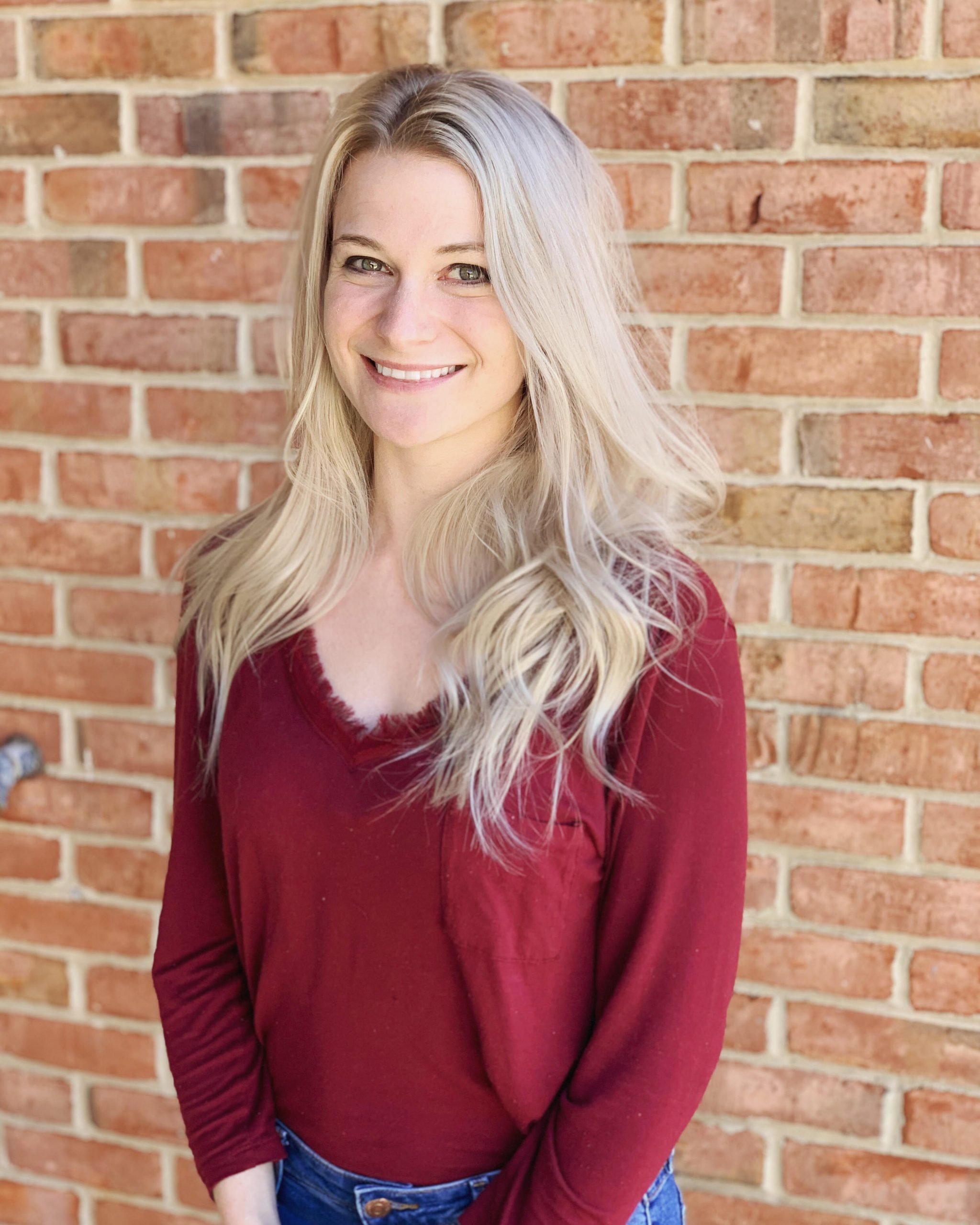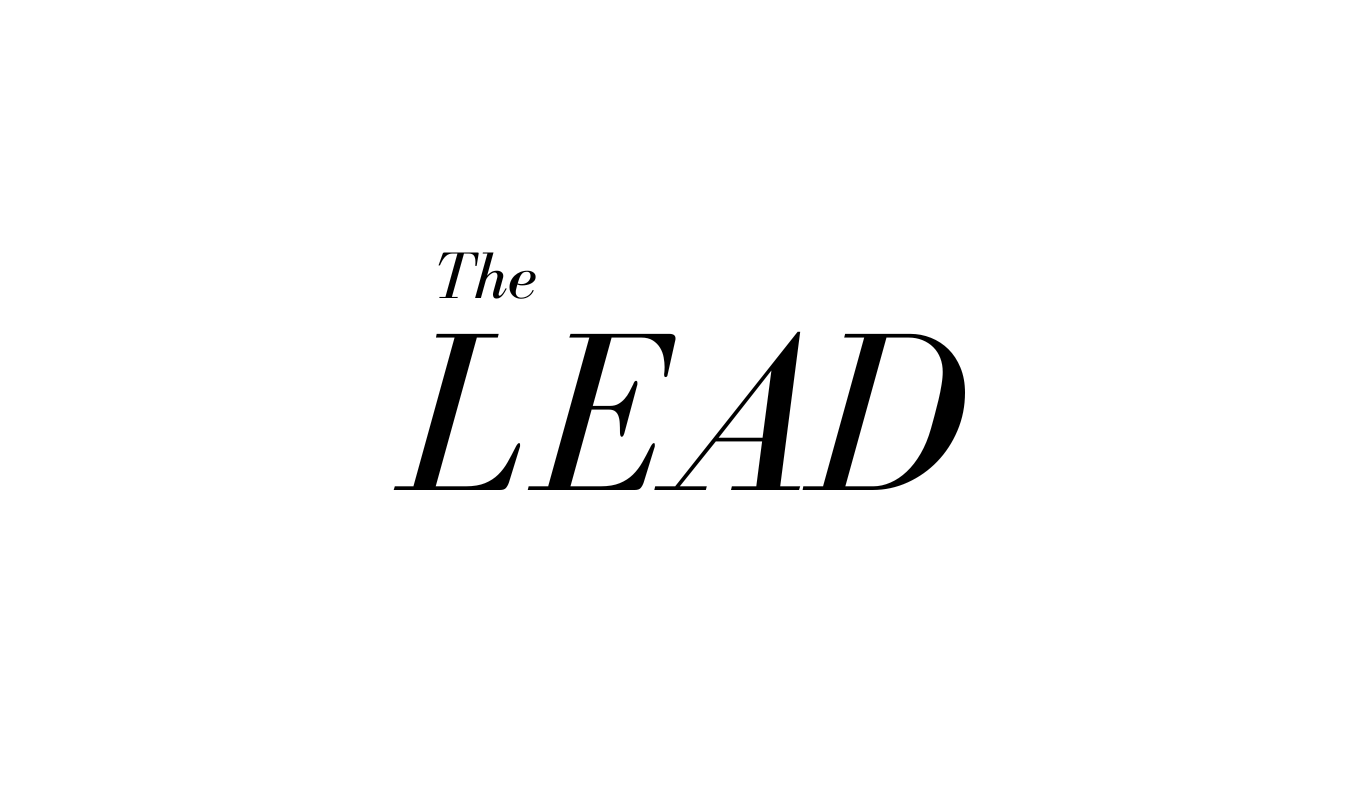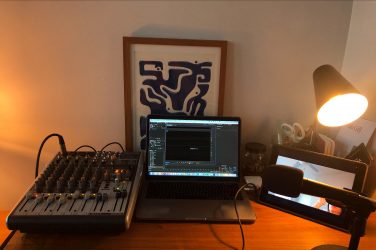To further our mission to both craft journalism at Grady and talk about the process and quality, each guest curator has highlighted what he or she sees as the five “don’t want to miss” pieces posted to Grady Newsource for a period of time, along with a few sentences of constructive reflection about the journalism.
About This Semester’s Guest Curator
Previously, Lauren Leathers worked with a variety of publications — The Atlanta Journal-Constitution, Creative Loafing, Atlanta Magazine, Georgia Public Broadcasting, ArtsATL, Marietta Daily Journal, and more — as an editor and/or freelance writer. As master’s candidate in journalism at the University of Georgia’s Grady College of Journalism and Mass Communication, her research focuses on content analysis of music journalism. She currently works as the content strategist for the University of Georgia’s Mary Frances Early College of Education.

As a former music editor, I was immediately drawn to this piece. Speaking to David Barbe and discussing live-streaming as a temporary solution shows the writer was well-versed on the topic. The biggest missing ingredient is an interview with one or more local venues. According to NIVA, 90 percent of independent venues will close. This has a huge impact on local music. Ask yourself: Where will start-up musicians play? How will this affect the industry as a whole? What happens when bigger venues purchase all of the smaller, local venues? How will this affect Athens’ music culture? Dig deeper into this and think critically. We barely scratched the surface of the long-term effects in this story, but the headline suggests otherwise.
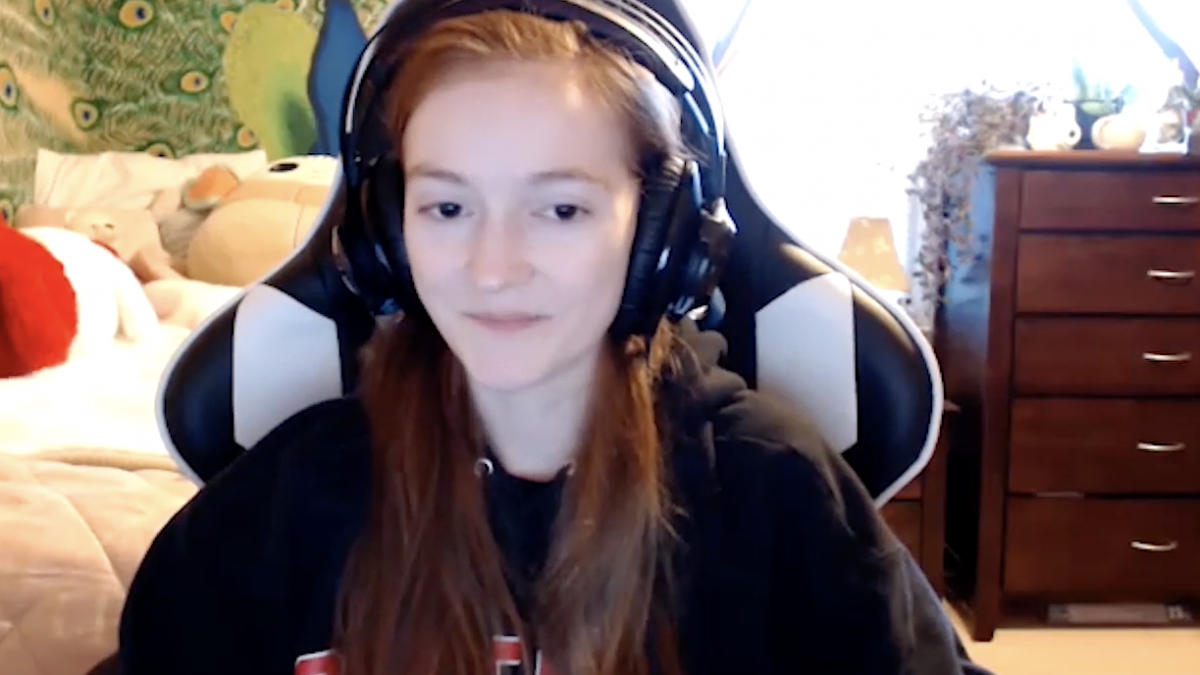
I love the topic chosen and the anecdotal lead. Upon my initial read-through, I notice the claims throughout this piece need supporting data and/or additional sources and that the data at the end needs to be moved into the second graf. Additionally, this piece simply presents a lot of information with little follow-up or explanation. We see that female-gaming is becoming more popular. Why is it becoming more popular? The facts are being stated but why should we care? What does this mean for the future of female gaming? I’d recommend talking to another gaming organization, perhaps outside of UGA, to understand the issue of female gaming overall and it’s effects long-term. Flesh this piece out more, and it will be fantastic.

This was a great story but could use additional information. There’s a lot to unpack here, and I have many questions. First, how much does the school make monthly during normal times? Do they have any income during COVID beyond the grant? How much do the new sanctuary measures cost the school? How long do they estimate they can financially survive off this grant, considering we don’t know if we’ll ever go back to “normal?” This grant did not provide a lot of money. This will paint a picture of how much financial trouble Inspiring Minds Montessori Pre-School is actually in. Quality storytelling presents all the facts and data, allowing readers to visualize the impact of the story. Show, don’t tell. This individual school should represent schools like this as a whole. We want the readers to understand the lasting impact coronavirus has left on this area.
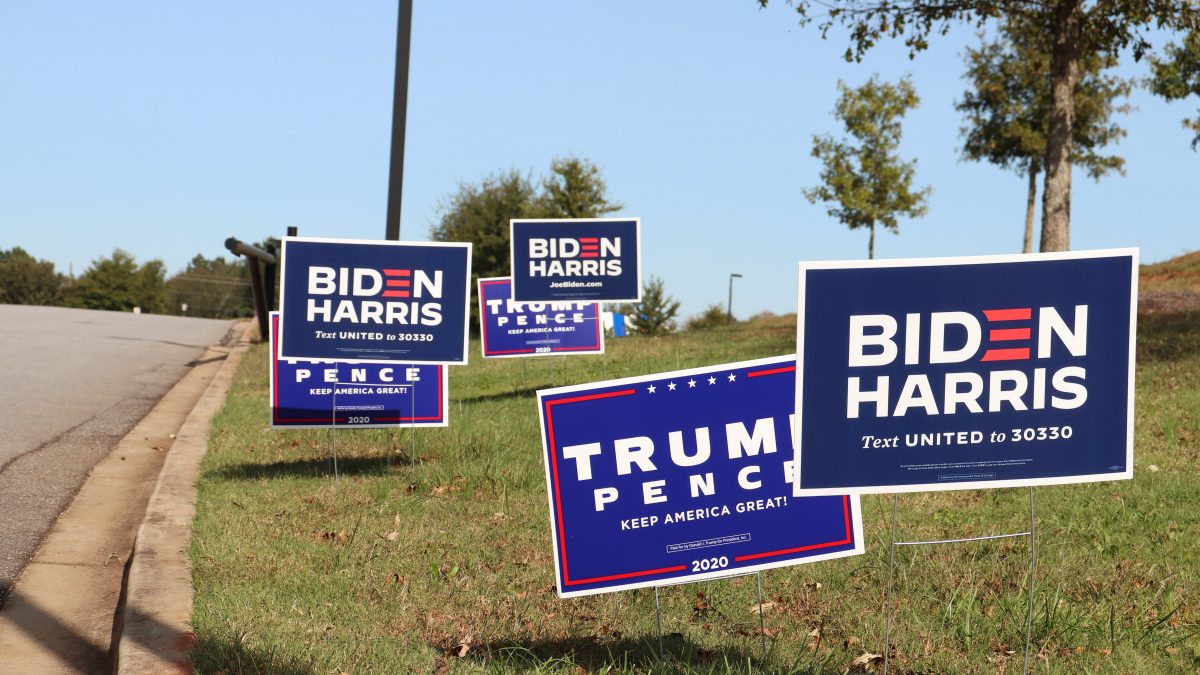
Great lead — I always enjoy an anecdotal lead, as it draws readers in. The claim “...according to a 2014 study by Pew Research Center...” caught my attention. How can we compare a 2014 study to 2020? Unless you can find a direct correlation, I’d remove it. Your strongest sources are the 2020 Pew study, Bankert, and FeldmanHall and as such, should be leaned on. I am more curious about Bankert’s tips for talking politics with family than Miles’, as she is a professional in the field. Additionally, under “Understanding the Roots of Political Polarization” the study link does not work and needs to be removed. Overall, I very much enjoyed the uses of multimodal storytelling in this — the soundbite, graphics and video.
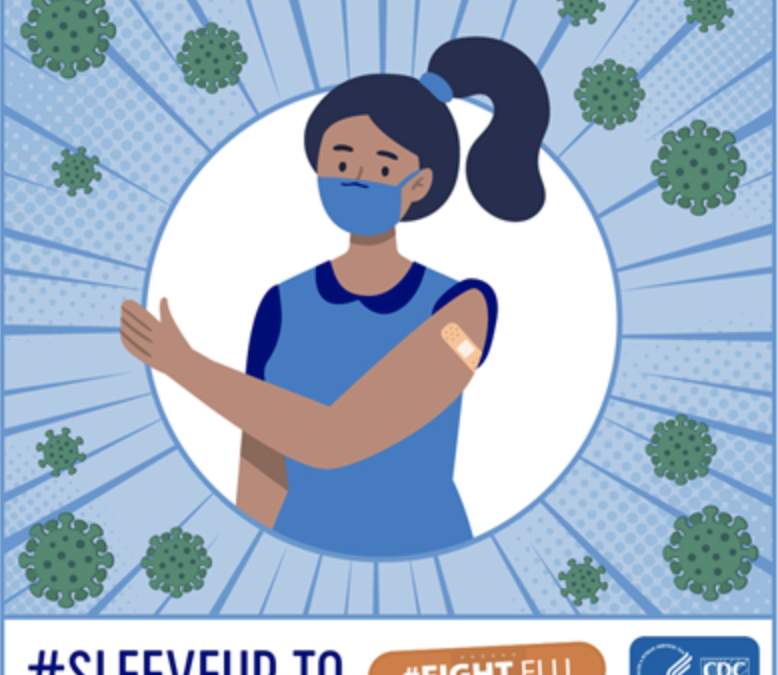
This was a great piece. It’s evident the writer did their research and chose quality sources. The subsections contained information that was thought-out and evidence to support each claim. My only recommendation is to add more multimodal storytelling elements, such as graphs or graphics. This will help lift a story that has a lot to unpack.


